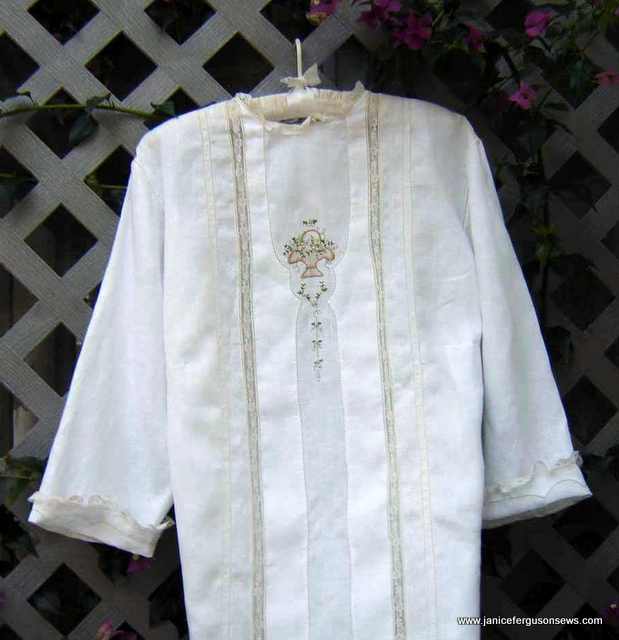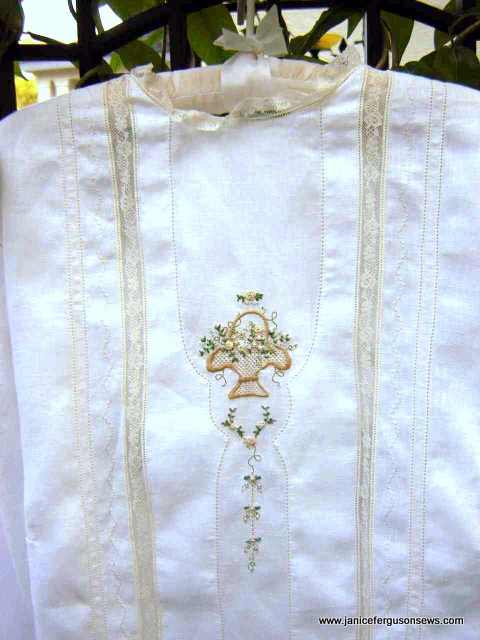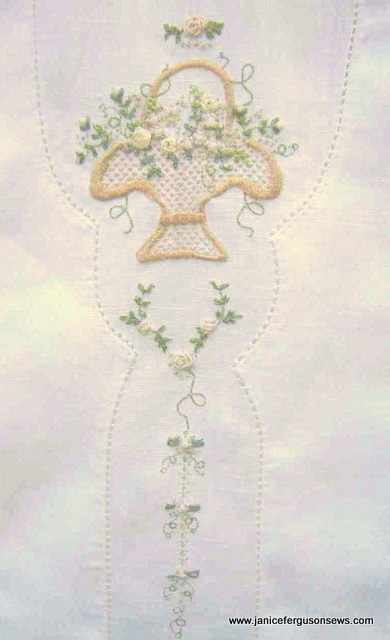I hope 2012 is off to a good start for all of you. For us, the new year was kicked off in the midst of chaos rather than the cozy family gathering we had planned for our Christmas #2 celebration.
First our pilot son was called away for a last minute flight to Denver. Then after the bonfire and s’mores, the grandchildren’s plans for a loud welcome to the new year were foiled by 6 year-old Robert’s battle with croup and Laurel’s virus.
Finally, after unsuccessfully trying to soothe his cough with the cold air humidifier, my son-in-law and I left at 2 a.m. and drove 40 minutes each way to Robert’s home to retrieve his croup medicine. Â The remaining adults tended to Robert and Laurel. Being on the roads at that time was a little worrisome, but we arrived home safely.
The best part of the new year was that our daughter and her family were here for a whole week. However, this left me not a free moment as 2 year-old Alastair claimed my undivided attention. I loved every minute of it, but there was no time for blog writing, sewing or picture taking. Consequently…
For Faded Charm’s White Wednesday, this is a rerun of an earlier post. I hope you find a tidbit or two that interest you.
~~~~~~~~~~~~~~~~~~~~~~~~
Making and designing this blouse was such a pleasure. All the heirloom and machine embroidery details just fell together, making it one of the few things that I would make no changes to, were I to make another.
It was the two-day project I taught for the Brother School at Martha Pullen’s in Huntsville in 2007. With some after-class sewing, some of my students finished it by the end of the second day.
Made of linen, it is a veritable potpourri of heirloom techniques and materials. The union of Irish linen, French lace, Swiss entredeux, Madeira appliqué and Japanese lace tape makes it a very international blouse. With embroidery, hemstitching and fil tire’, it generates a delicate yet practical lady’s garment. This project utilizes 21st century machine techniques and technology to achieve an illusion of delicacy much like hand stitched antique garments.
The details of the blouse include the machine embroidered fil tire’ basket and floral designs in the center of the Madeira appliqué panel. The designs are from the Fil Tire’ and Fancywork Combinations collection by Suzanne Sawko and me. On either side is ecru lace insertion joined with entredeux.
A zig zag featherstitch, which was created in Brother’s My Custom Stitch on the sewing side, is worked between the lace insertion and a row of ecru lace tape. The lace tape is applied beneath the linen, shadow appliqué style and is held in place with a wing needle pin stitch.
The pattern is the long sleeved shell from Martha’s Six Easy Patterns, another favorite of mine.
When constructing garments, particularly heirloom, I often use non-standard techniques to reduce the possibility of error. On this blouse, I first constructed a free standing Madeira appliqué panel. Then the fil tire’ basket and floral designs were machine embroidered. The ecru lace insertion was edged on both sides with ecru entredeux, then joined to the Madeira panel and set aside.
I cut out the pattern front exactly as directed than placed the entire fancyband-type panel at the center front. It was joined to the full front using washaway thread with a zig zag stitch through the entredeux on the outside of the lace insertion.
Next, the linen under the fancy panel was slit down the center and pressed folded toward the sides. The entredeux was then zig zagged again using Madeira Cotona thread. Using the washaway thread for the first pass avoided the heavy stitching that would have ensued if cotton thread had been used twice.
Finally, the flap of linen that had been the center front was cut away. This was used for the cuffs and the back opening. By applying the panel to the front, rather than constructing it in place, most possible  distortions or misplacements can be avoided. The shoulders will be at the same height, the neckline can be cut perfectly and there will be no crooked insertion.
My daughter can’t bear to read all these details and would surely be asleep by now if she tried. But for those of you who enjoy different techniques, I hope you have been able to plod through the steps and see how advantageous this technique can be for similar projects. If you have any questions, I’d be happy to answer them.




